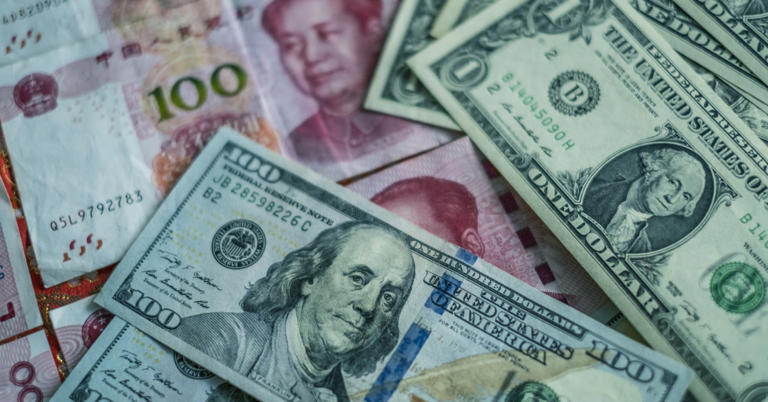Key Takeaways:
- JPMorgan’s Julia Wang predicts challenges for Asian currencies in the coming year, despite expectations of U.S. Federal Reserve interest rate cuts.
- Wang foresees the U.S. dollar gaining strength, driven by forecasts indicating an economic soft landing rather than recession.
- Some analysts suggest that Asian currencies such as the Chinese yuan and Indian rupee could strengthen due to potential interest rate cuts.
- The Korean Won is highlighted as one of the major beneficiaries of interest rate cuts among Asian currencies.
Julia Wang, executive director and global market strategist at JPMorgan Private Bank, suggests that Asian currencies may face challenges this year, despite signals indicating potential interest rate cuts by the U.S. Federal Reserve. Typically, emerging market currencies benefit from Fed rate cuts and a weakening U.S. dollar. However, Wang believes that in 2024, the U.S. dollar could remain resilient due to forecasts indicating a soft landing for the U.S. economy rather than a recession.
Wang highlights that factors such as the U.S. presidential elections and uncertainty in the Chinese economy may further bolster the U.S. dollar towards the end of the year. Saktiandi Supaat, head of FX strategy at Maybank, echoes this sentiment, noting that Asian currencies are not appreciating due to the positive correlation between the U.S. dollar and the performance of U.S. equity markets amid the soft landing narrative.
Despite expectations that Asian currencies rallied last year in anticipation of Fed rate cuts, Wang suggests a contrarian view, indicating that they could remain on the “back foot” this year. This perspective is supported by the possibility of weaker domestic demand in the region compared to typical easing cycles.
However, some analysts believe that Asian currencies such as the Chinese yuan and Indian rupee could strengthen from U.S. interest rate cuts, with the Korean won poised to be a major beneficiary. Simon Harvey, head of FX analysis at Monex, projects potential gains for the won ranging from 5% to 10% in a deep U.S. easing cycle, or as little as 3% in a shallow one.
While many economists anticipate the first Fed rate cut to occur in June, JPMorgan’s projection suggests a possible delay, but with the expectation of three rate cuts in 2024. Inflation in the U.S. continues to rise, with the consumer price index increasing by 0.4% in February and 3.2% year-on-year. Wang notes that this sticky inflation could temper investor expectations for aggressive rate cuts.
Amidst this economic backdrop, JPMorgan’s investment strategy remains focused on sectors poised to benefit from global and U.S. growth, as well as the global manufacturing sector.
